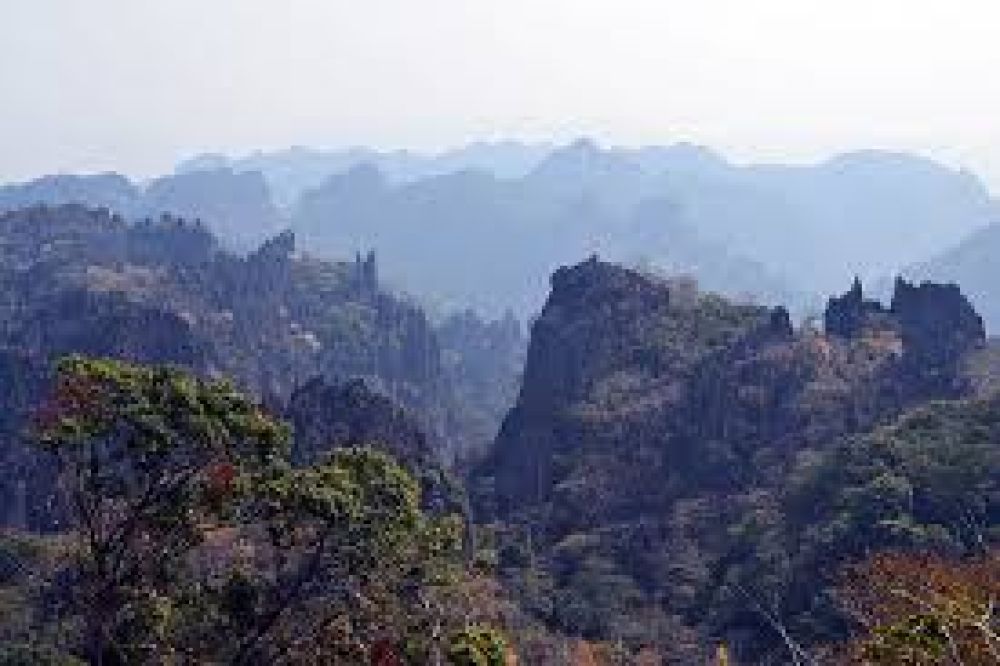

Located amidst the enigmatic limestone mountains of central Laos, Phou Hin Poun National Protected Area is an area rich with geological wonders, biodiverse habitats, and culturally significant sites. The history of tourism within this captivating region is as profound as the countless caves that punctuate the landscape.
The journey of Phou Hin Poun as a tourist destination started in the early 1990s, following the country's move to open its doors to international visitors. Despite its establishment in 1993 as a national protected area, tourism initially grew at a slow pace due to the remote nature of the park and the lesser-known status of Laos as a travel destination. The protected area spans approximately 1,580 square kilometers, embodying a terrain that ranges from steep rocky peaks to valley forests. This natural allure gradually pulled in adventurers and nature enthusiasts to discover its untouched beauty.
Recognizing the ecological and cultural importance of the Phou Hin Poun area, conversation initiatives and sustainable tourism efforts started to gain momentum in the 2000s. NGOs and local communities began working together to preserve the natural habitat, home to significant flora and fauna. The karst landscape is also a place of spiritual significance as it features ancient Buddhist shrines and traditional villages, which further enhanced its appeal as a tourism destination.
In recent years, adventure tourism has taken center stage in Phou Hin Poun, with an increase in thrill-seekers arriving to explore the countless caves, some of which like Kong Lor Cave, are among the longest and most astonishing in Southeast Asia. The area has also become well-known for its challenging rock climbing routes, trekking paths, and the opportunity to kayak along the subterranean rivers that weave through the karst formations.
The latest trends in tourism at Ph. Hin Poun focus on eco-friendly and community-based experiences. Tourists are now more interested in immersing themselves in the local way of life while having minimal impact on the environment. Visitors can engage in homestays, participate in traditional crafts, and learn about sustainable practices that the local villagers utilize in preserving their unique landscape.
Bolstered by a rise in environmental consciousness, Phou Hin Poun National Protected Area continues to advocate for conservation through ecotourism. Efforts are in place to ensure tourist activities do not disrupt the ecological balance and remain respectful of the cultural heritage. Future tourism development in the area is looking towards enhancing visitor experiences while ensuring that the splendors of Phou Hin Poun can be enjoyed by future generations.
Phou Hin Poun National Protected Area remains a gem within the heart of Laos, its mystical landscapes and the growing trend of eco-conscious travel promising to secure its place as a must-visit destination for those seeking adventure and an authentic connection with nature and culture.